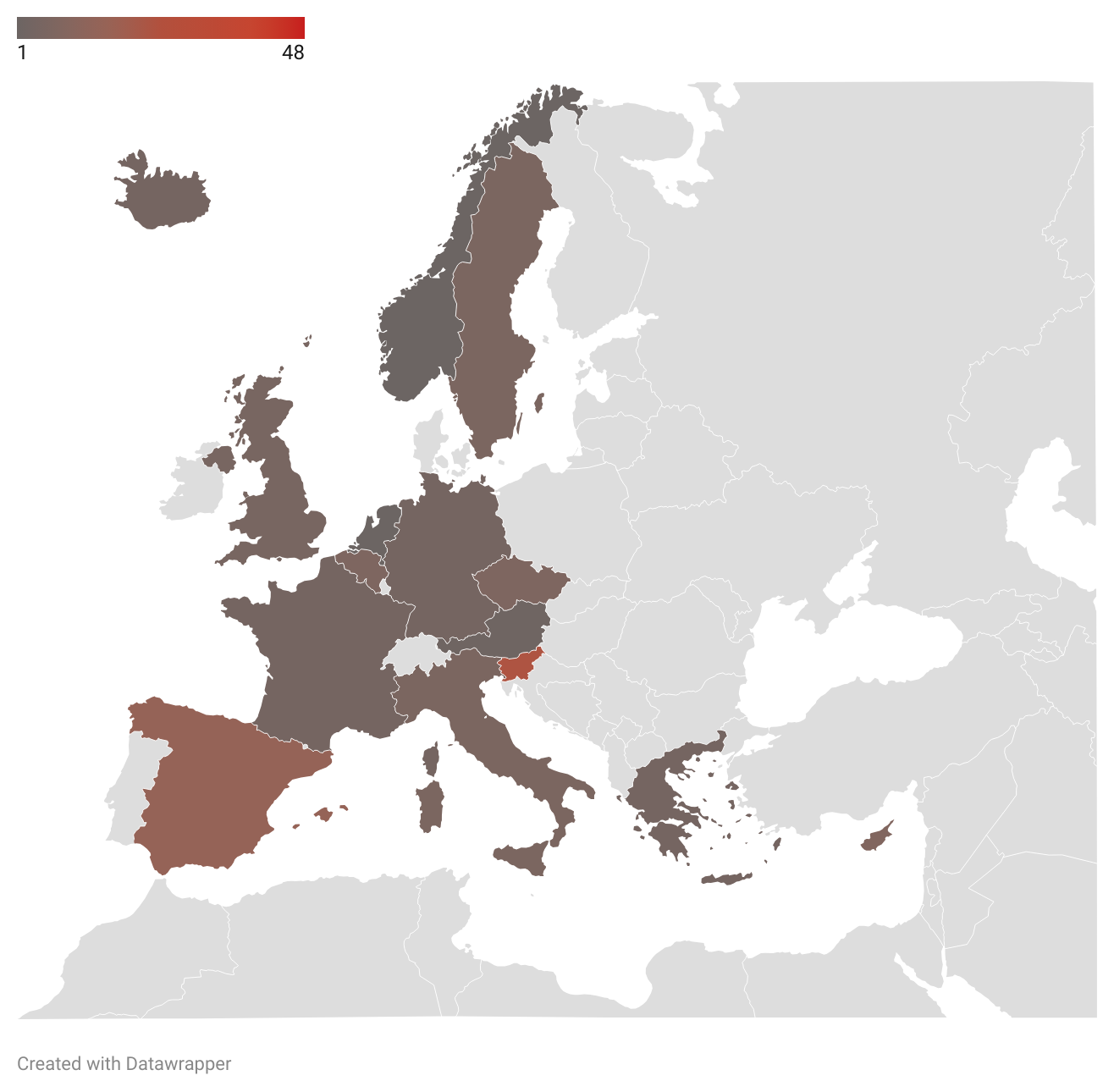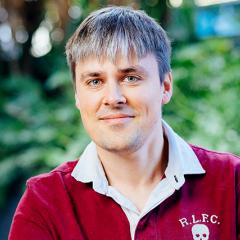New psychoactive substances (NPS) have become a complex addition to the international illicit drug market. They are constantly evolving, making target surveillance challenging. Wastewater analysis has emerged as a recognised complementary data source alongside law enforcement drug seizures, emergency department admissions, population surveys, drug checking services and the analysis of human biological samples.
The NPS Wastewater Consortium is a group of international researchers from the fields of environmental chemistry, toxicology, public health and analytical chemistry.
Since 2019, they have collected wastewater samples over the New Year period, which have been analysed for new psychoactive substances. Year-on-year, spatial and temporal trends have been observed. Until the 2024-25 New Year period, >80 sites have been included from 25 countries, covering six continents. More than 1000 individual samples have been analysed, with a cumulative total of 250 sites over the six sampling periods.

Members of the NPS Wastewater Consortium
| Name | Affiliation |
| Richard Bade (Lead) | Queensland Alliance for Environmental Health Sciences (QAEHS), The University of Queensland, Australia |
| Christine Baduel | Université Grenoble Alpes, France |
| Lubertus Bijlsma | University Jaume I, Spain |
| Tim Boogaerts | University of Antwerp, Belgium |
| Jared Brown | NSW Ministry of Health, Sydney, Australia |
| Dan Burgard | University of Puget Sound, United States |
| Sara Castiglioni | Istituto di Ricerche Farmacologiche Mario Negri IRCCS, Italy |
| Nicola Ceolotto | University of Bath, United Kingdom; Centre of Excellence in Water-Based Early-Warning Systems for Health Protection |
Andrew Chappell | New Zealand Institute for Public Health and Forensic Science |
| Heather Coleman | Ulster University, United Kingdom |
| Francisca Corthorn | Corthorn Health Laboratory, Chile |
| Aline de Melo Vieira | Federal Rural University of Pernambuco, Brazil |
| Ana Flavia de Oliviera Barbosa | Federal Rural University of Pernambuco, Brazil |
| Erin M. Driver | Arizona State University, United States |
| Andrea Estévez-Danta | University Santiago de Compostela, Spain |
| Despo Fatta-Kassinos | University of Cyprus, Cyprus |
| Harold A Flores Quintana | Swedish University of Agricultural Sciences, Sweden |
| Cobus Gerber | University of South Australia, Australia |
| Emma Gracia-Lor | Complutense University of Madrid, Spain |
| Elisa Gracia-Marín | University Jaume I, Spain |
| Rolf U. Halden | Arizona State University, United States |
| Ester Heath | Jožef Stefan Institute and International Postgraduate School, Slovenia |
| Carolin Huber | Helmholtz Centre for Environmental Research, Germany |
| Julia Huchthausen | Helmholtz Centre for Environmental Research, Germany |
| Barbara Kasprzyk-Hordern | University of Bath, United Kingdom; Centre of Excellence in Water-Based Early-Warning Systems for Health Protection |
| Emma L. Keller | University of South Australia, Australia |
| Alex Krotulski | Center for Forensic Science Research & Education, United States |
| Foon Yin Lai | Swedish University of Agricultural Sciences, Sweden |
| Arndís Sue-Ching Löve | University of Iceland, Iceland |
| João Matias | European Union Drugs Agency (EUDA) |
| Jandyson M. Santos | Federal Rural University of Pernambuco, Brazil |
| Herbert Oberacher | Medical University of Innsbruck, Austria |
| Vera Ocenaskova | T.G. Masaryk Water Research Institute, Czechia |
| Jeong-Eun Oh | Pusan National University, Republic of Korea |
| Temilola Oluseyi | University of Lagos, Nigeria |
| Kaitlyn Phung | New Zealand Institute for Public Health and Forensic Science |
| Marco Pineda-Castro | McGill University, Canada |
| Magda Psichoudaki | University of Cyprus, Cyprus |
| Jose Benito Quintana | University Santiago de Compostela, Spain |
| Andressa S. Reis | Universidad Católica de la Santísima Concepción, Chile |
| Noelia Salgueiro-Gonzalez | Istituto di Ricerche Farmacologiche Mario Negri IRCCS, Italy |
| Jennifer Schumann | Monash University and Victorian Institute of Forensic Medicine, Melbourne, Australia |
| Cezar Silvino-Gomes | Brazilian Federal Police, Brazil |
| Fernando F. Sodre | University of Brasília, Brazil |
| Bikram Subedi | Louisiana State University, Louisiana, USA |
| Nikolaos Thomaidis | National and Kapodistrian University of Athens, Greece |
| Degao Wang | Dalian Maritime University, China |
| Viviane Yargeau | McGill University, Canada |


Highlights
- Global population of >20 million covered across all samples
- Most comprehensive wastewater surveillance of NPS
- First detection of a nitazene analogue in wastewater
- Development of an open-access workflow to facilitate the analysis of emerging drugs in wastewater
Publications

